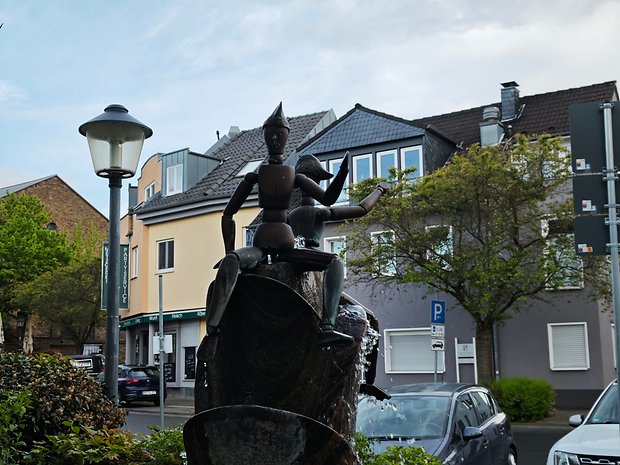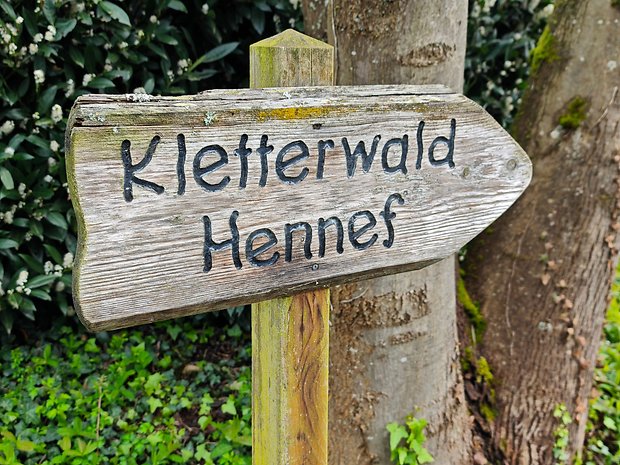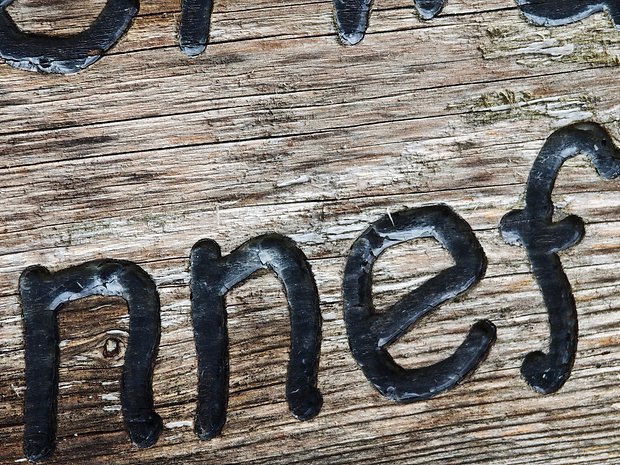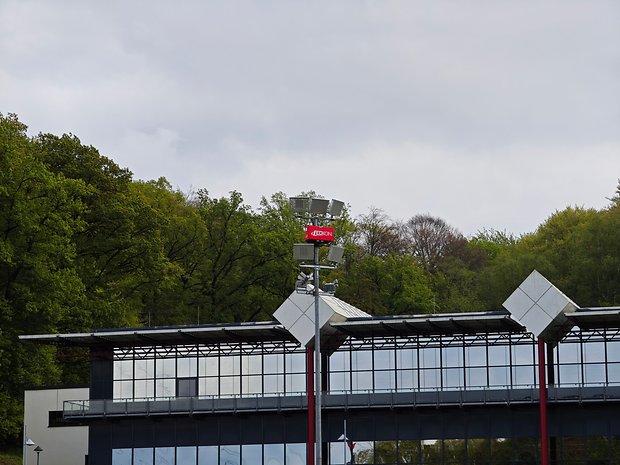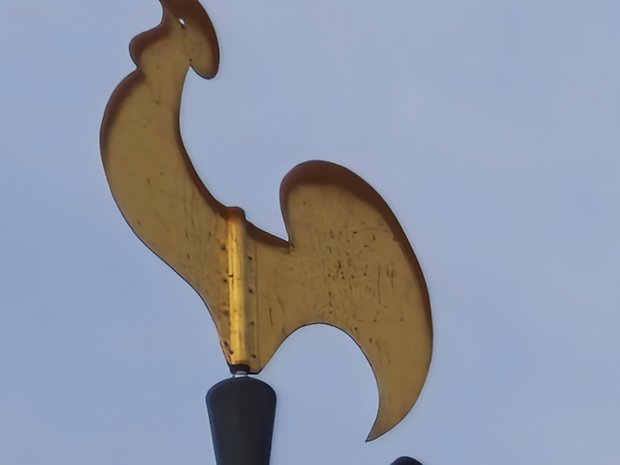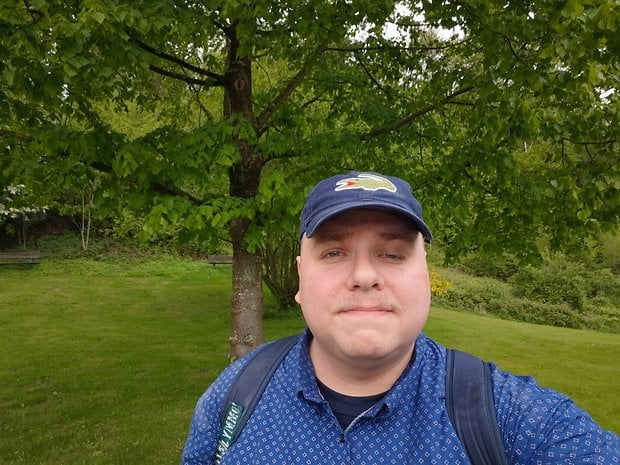Xiaomi 14 Ultra vs. Samsung Galaxy S24 Ultra: Duel of the Titans


Read in other languages:
Xiaomi unveiled the global version of its Xiaomi 14 Series at the MWC in Barcelona. The best smartphone that Xiaomi currently offers is the Xiaomi 14 Ultra. If you want to find a worthy opponent to this premium smartphone in the Android camp, there are not too many models to choose from. If you would like to take the smartphone throne, you will have to wrestle with the Samsung Galaxy S24 Ultra. This is why this is a duel between the smartphone titans.
- Two companies compared: Smartphones and ecosystems from Samsung and Xiaomi compared
Xiaomi 14 Ultra vs. Samsung Galaxy S24 Ultra: Technical specifications compared
| Xiaomi's flagship | Samsung's flagship | |
|---|---|---|
| Device | ||
| Image |

|

|
| Review |
|
|
| Price (RRP) |
|
|
| Display |
|
|
| SoC |
|
|
| RAM |
|
|
| Storage |
|
|
| OS |
|
|
| Camera |
|
|
| Selfie camera |
|
|
| Battery capacity |
|
|
| Connectivity |
|
|
| IP certification |
|
|
| Dimensions and weight |
|
|
| Check offer* |
Xiaomi 14 Ultra vs. Samsung Galaxy S24 Ultra: Display and design
In terms of design, this is smartphone porn if you ask me. Both manufacturers offer everything in state-of-the-art form when it comes to build quality and design in their flagship models. Vegan leather at the back and "Xiaomi Shield Glass" in front for the Xiaomi 14 Ultra, Gorilla Glass Armor at the front and back accompanied by a titanium frame on the S24 Ultra ensure an exquisite look and feel on both devices.

The rear sides also exude a premium feel. Samsung does not dare to experiment and retained the look of the Galaxy S23 Ultra (review), i.e. the iconic floating elements. Xiaomi took a similar approach, retaining the camera arrangement and the prominent reference to Leica as we already know from the Xiaomi 13 Ultra (review). Needless to say, both handsets are, of course, IP68-certified.
If you are one of those who like to use a stylus for input, you will be familiar with the S Pen embedded in the Galaxy S24 Ultra. If you value this smart stylus, you will inevitably have to go for the Samsung flagship, as there is nothing comparable on the Xiaomi 14 Ultra.
- Also interesting: The best smartphones of 2024

With dimensions measuring 161.4 × 75.3 × 9.2 mm and a weight of 219.8 g, the 6.73-inch Xiaomi 14 Ultra is slightly smaller and around 12 grams lighter, but is also slightly thicker than the Galaxy S24 Ultra. This brings us to the display, where both models rely on a flat design. At 6.8-inch, Samsung is slightly larger, but the 3,088 × 1,440 px resolution compared to Xiaomi's 3,200 × 1,440 px resolution gives the Chinese smartphone giant the edge where pixel density is concerned.
Nevertheless, both AMOLED panels are beyond reproach. Thanks to LTPO technology, refresh rates on both devices vary between 1 and 120 Hz, which is deemed as the flagship standard today. At 3,000 nits (Xiaomi 14 Ultra) and 2,600 nits (Galaxy S24 Ultra), both smartphones are also incredibly bright at peak brightness.
Xiaomi 14 Ultra vs. Samsung Galaxy S24 Ultra: SoC and performance
This category smells like a draw because both the Xiaomi 14 Ultra and the Galaxy S24 Ultra rely on Qualcomm's skills, or more precisely: the flagship Snapdragon 8 Gen 3 SoC! Needless to say, differences in this area are not only found within the technical specifications, but also in the benchmarks: sometimes Xiaomi is ahead, and sometimes Samsung comes out in front.
| Xiaomi 14 Ultra Snapdragon 8 Gen 3 |
Samsung Galaxy S24 Ultra Snapdragon 8 Gen 3 |
|
|---|---|---|
| 3DMark Wild Life Extreme | 4,680 | 5,094 |
| 3DMark Wild Life Stress Test |
|
|
| 3DMark Wild Life Extreme Stress Test |
|
|
| 3DMark Solar Bay | 8,430 | 8,373 |
| 3DMark Solar Bay Stress Test |
|
|
| Geekbench 6 |
|
|
Overall, we can keep it short here: If performance is your main criterion when buying, it doesn't matter which of the two smartphones you treat yourself to. Both perform superbly thanks to the power of Snapdragon. You won't find anything better in the vast sea of smartphones right now.
Even the larger amount of RAM in the Xiaomi 14 Ultra (16 GB vs. 12 GB) doesn't seem to have any effect on performance. Speaking of storage: Xiaomi only offers one option in Europe with 512 GB, which is a shame. Samsung is more broadly positioned with 256 GB, 512 GB, and 1 TB options.
Connectivity is also on par, or almost: Wi-Fi 7 is available on both, Bluetooth 5.4 on the Xiaomi 14 Ultra compared to 5.3 on the Galaxy S24 Ultra. However, only the Samsung phone has UWB support, although this is hardly used outside the USA.
Xiaomi 14 Ultra vs. Samsung Galaxy S24 Ultra: Software
I already mentioned this in the comparison between the Xiaomi 14 and Galaxy S24(+): When it comes to software, it is Samsung's domain in the Android world. Seven years of Android version updates and security patches speak for themselves. However, Xiaomi is also a fast learner and catching up quickly: With the Xiaomi 14 Ultra, we can expect five years of support for security updates and four years of Android updates.
Of course, both smartphones are already running on Android 14, with Samsung powered by its One UI 6.1 skin while Xiaomi made the switch from MIUI to the new HyperOS. I really like both interfaces, and believe that personal taste also plays a major role here. You will definitely find practical features and real added value in both overlays.
It should also be mentioned that Samsung has made a strong commitment to artificial intelligence with Galaxy AI, with many features originating from the partnership with Google. However, Samsung was still unable to convince my colleague Antoine of the advantages of Galaxy AI in his Galaxy S24 Ultra review. The S Pen is perhaps a more decisive factor, as it gives the Galaxy S24 Ultra a head start in terms of usability and functionality that the Xiaomi 14 Ultra is unable to counter adequately.
Xiaomi 14 Ultra vs. Samsung Galaxy S24 Ultra: Camera
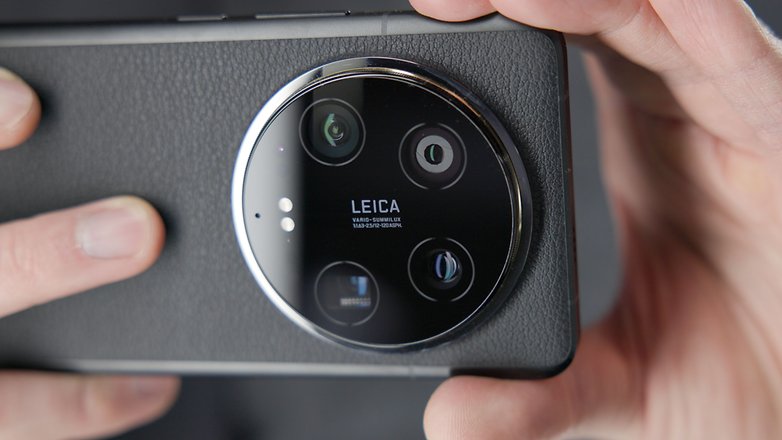
Let's move on to the category where things get dirty and real. I would say that quite a few buyers who opted for one of these two smartphones did so because of the cameras. For good reason, too, because in this price category, it is often the camera sensors that make the difference between an undoubtedly good smartphone and an outstanding one.
- While we're talking about cameras: These are the best camera smartphones of 2024
Anyone who can write "Leica" in bold letters on their camera system naturally has high expectations. We still have to see for ourselves in a detailed test, but the technical specifications do have a nice ring: a huge 50 MP image sensor known as LYT-900 with a sensor size of one inch and a continuously adjustable aperture of f/1.63-f/4.0 leads the camera line-up of the Xiaomi 14 Ultra. In addition, there are three more sensors with 50 MP each for the ultra-wide angle, telephoto (3.2x), and periscope camera (5x).

Samsung has a very similar line-up, so in addition to the 200 MP main camera, it also uses an ultra-wide angle camera (12 MP) and two telephoto cameras with 3x and 5x magnification, respectively. A 10 MP sensor is once again responsible for the 3x zoom, but the 50 MP camera, which enables a fivefold optical zoom instead of the 10x version in the previous year, is new.
I found it interesting that Samsung is very flexible when it comes to the number of megapixels, while Xiaomi pursued a balanced strategy. Instead of relying on a 200 MP sensor, which is impressive from a marketing point of view, Xiaomi favors consistency across four different cameras, each with 50 MP, and all of them hail from Sony. Samsung continues to offer a 12 MP shooter up front, while Xiaomi has a 32 MP selfie camera.
Samsung's camera array has not changed significantly compared to the S23 Ultra, but that doesn't mean anything. The new strategy for the telephoto cameras sounds logical, and the performance in the review was once again above average. Samsung only has weaknesses in portrait and night modes, although this is nitpicking on an extremely high level.
You can find our sample photos of the Samsung Galaxy S24 Ultra and the Xiaomi 14 Ultra in the following two image galleries. The two smartphones were also pitted against each other in nextpit's major camera blind test. The result was clear: the Xiaomi 14 Ultra was clearly ahead of the Samsung Galaxy S24 Ultra!
Xiaomi 14 Ultra: Sample photos
Samsung Galaxy S24 Ultra: Sample photos
Xiaomi 14 Ultra vs. Samsung Galaxy S24 Ultra: Battery and fast charging
When it comes to battery life, this is Xiaomi's territory! I don't really understand Samsung's strategy here. 45 W charging speed doesn't really bother me, as I already explained on nextpit (and was even satisfied with 25 W at the time).
However, that's my personal view, because I sit on my butt in my home office all day and usually have no problems charging a smartphone for a longer period of time. From a neutral's standpoint, however, I think that Samsung's insistence on 45 W in its flagship and 25 W elsewhere is a little outdated. To cut a long story short: Samsung once again offers us Quick Charging at 45 W, while Xiaomi simply does it twice as fast with the Xiaomi 14 Ultra with 90 W in Boost mode.
To Samsung's credit, it should be mentioned that the 5,000 mAh battery (the same size as in the Xiaomi 14 Ultra) lasts for a very long time. The PCMark battery benchmark eked out around 19 hours for Samsung and only around 13 hours for Xiaomi.

Do you know what's even more amazing? When it comes to wireless charging, the Xiaomi 14 Ultra is worlds apart by offering 80 W compared to the Galaxy S24 Ultra with a cable. Wirelessly, the Samsung flagship chugs across the battery ocean at a very comfortable 15 W. Both are also capable of reverse wireless charging, which is extremely practical if you need to charge your earbuds on the go. Xiaomi is also faster here (10 W compared to 4.5 W for Samsung).
Xiaomi delivers the final battery charging death blow to the South Koreans in the packaging itself: The 90 W charger can be found to accompany the handset, while Samsung does not include anything and plays the environmental protection card instead.
Xiaomi 14 Ultra vs. Samsung Galaxy S24 Ultra: Price and availability
In China, Xiaomi offers different variants in terms of both RAM and internal storage, but only one version is available in Europe, and is not even officially available in the USA. Over in Europe, you get 16 GB RAM and 512 GB storage with an asking price of €1,499 ($1,615).
Samsung is a lot more affordable at $1,299.99, but you "only" get 256 GB of memory. If you want to catch up with Xiaomi and the 512 GB memory, you will have to pay $1,419.99, which is still cheaper than the Xiaomi 14 Ultra after conversion.
Below is an overview of all recommended retail prices:
Galaxy S24 Ultra vs. Xiaomi 14 Ultra: Price overview
| Device | Memory | The price |
|---|---|---|
| Xiaomi 14 Ultra | 512 GB | $1,615 |
| Samsung Galaxy S24 Ultra | 256 GB | $1,299.99 |
| Samsung Galaxy S24 Ultra | 512 GB | $1,419.99 |
| Samsung Galaxy S24 Ultra | 1 TB | $1,659.99 |
Xiaomi 14 Ultra vs. Samsung Galaxy S24 Ultra: Conclusion

The Xiaomi 14 Ultra doesn't have to hide behind the Galaxy S24 Ultra in terms of design, display, or performance. For those living in the US, the price is a prohibitive factor, since you get far more bang for your buck with Samsung. When it comes to the battery, the results are a mixed bag: Samsung lasts longer, but Xiaomi fills up much faster. Finally, Xiaomi is slightly ahead when it comes to cameras.
- More about Xiaomi: The best Xiaomi smartphones reviewed and compared
The bottom line is this: it is almost impossible to make a general recommendation for or against one of these devices. Ultimately, it simply depends on your preference on which device suits you better. Either way, you get a terrific smartphone with both Samsung and Xiaomi. With Xiaomi in particular, we are surprised at how the manufacturer managed to establish its premium device recently.
Samsung or Xiaomi: Which smartphone do you think is the best? Have you decided on one of the two models? I look forward to your opinion in the comments!









